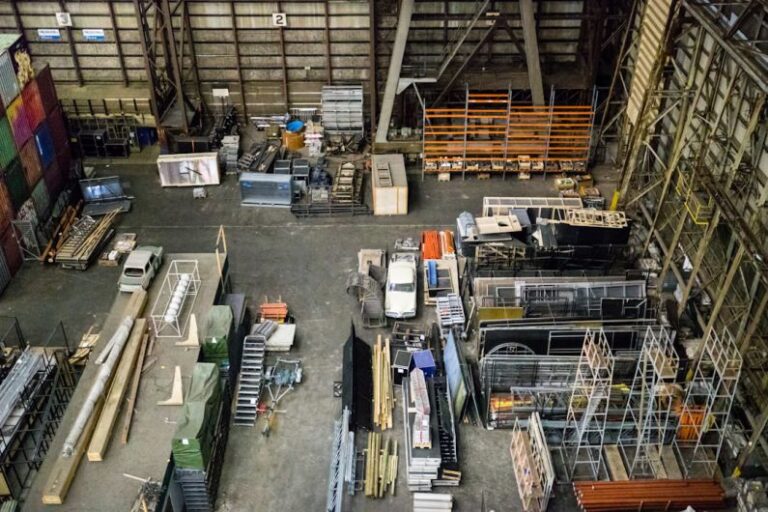Implementing Robotics in Warehouse Operations
Innovations in technology have revolutionized the way warehouses operate, with robotics playing a significant role in streamlining processes and increasing efficiency. Implementing robotics in warehouse operations has become a game-changer for companies looking to stay competitive in today’s fast-paced business environment. From automated guided vehicles (AGVs) to robotic arms, these advanced technologies are transforming the logistics industry. Let’s delve into the benefits and challenges of integrating robotics into warehouse operations.
Enhanced Efficiency and Productivity
One of the primary advantages of implementing robotics in warehouse operations is the significant enhancement of efficiency and productivity. Robots can perform repetitive tasks with precision and speed, reducing the time taken to complete essential processes such as picking, packing, and sorting. With the ability to work around the clock without breaks, robots can help warehouses operate 24/7, leading to increased output and faster order fulfillment.
Improved Accuracy and Inventory Management
Accuracy is crucial in warehouse operations to prevent errors and minimize inventory discrepancies. By utilizing robotics for tasks like inventory tracking and cycle counting, warehouses can achieve higher levels of accuracy and ensure that stock levels are always up to date. Robots equipped with advanced sensors and cameras can scan barcodes and RFID tags, enabling real-time inventory monitoring and reducing the risk of stockouts or overstock situations.
Safety and Ergonomics
Safety is a top priority in warehouse environments, where workers are often exposed to heavy lifting and repetitive motions that can lead to injuries. By introducing robots to handle physically demanding tasks, companies can create a safer work environment for their employees. Robots are designed to operate in confined spaces and can lift heavy loads without the risk of strain or injury, reducing the likelihood of workplace accidents and promoting better ergonomics.
Scalability and Flexibility
Another significant benefit of robotics in warehouse operations is the scalability and flexibility they offer to businesses. With the ability to adapt to changing demand levels and seasonal fluctuations, robots provide a cost-effective solution for managing peak periods without the need to hire additional temporary staff. Companies can easily scale their operations up or down based on demand, ensuring optimal resource utilization and improved operational efficiency.
Challenges of Implementing Robotics
While the benefits of integrating robotics into warehouse operations are clear, there are also challenges that companies may face during the implementation process. One of the main obstacles is the initial investment required to purchase and install robotic systems. Companies need to carefully assess their budgetary constraints and ROI expectations to determine the feasibility of adopting robotics in their warehouses.
Another challenge is the integration of robotics with existing warehouse management systems (WMS) and other technologies. Ensuring seamless communication and data exchange between robots and other equipment is essential for maximizing the efficiency and effectiveness of robotic operations. Companies may need to invest in software integration solutions and employee training to overcome these integration challenges successfully.
Overcoming Resistance to Change
Resistance to change is a common hurdle that companies may encounter when introducing robotics into their warehouse operations. Employees may be concerned about job security or feel anxious about working alongside robots. To address these concerns, companies need to communicate openly with their workforce and provide training and support to help employees adapt to the new technology. By involving employees in the implementation process and emphasizing the benefits of robotics, companies can overcome resistance to change and foster a culture of innovation and collaboration.
Embracing the Future of Warehousing
As technology continues to evolve, the role of robotics in warehouse operations is only expected to grow. Companies that embrace automation and invest in robotics stand to gain a competitive edge in the market by improving efficiency, accuracy, and safety in their warehouses. By addressing the challenges of implementation and actively involving their workforce in the transition, companies can unlock the full potential of robotics and pave the way for a more efficient and sustainable future in warehousing.






